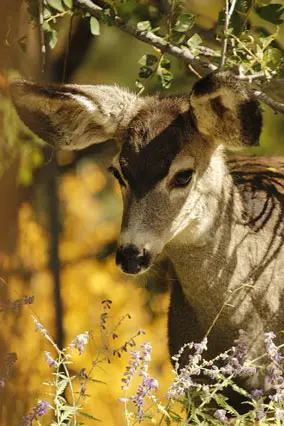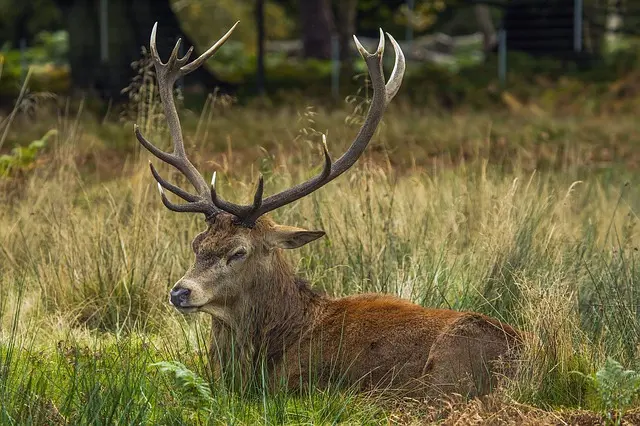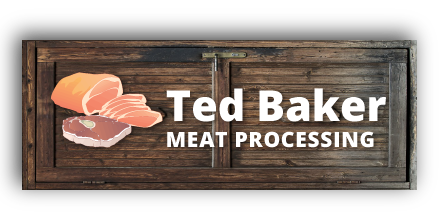Professional Deer Processing
From skinning to packaging – we do everything by hand.
WHITETAIL VS. MULE DEER
A common mistake made by newer hunters is misidentifying Mule Deer vs. their small Whitetail cousins. A very quick identifier is their faces. Mule Deer have mostly white faces, while Whitetail’s faces are mostly brown with white rings around their eyes.
INTERESTING FACTS ABOUT DEER
(Information from National Geographic)
DEER
…during the winter, generally keep to forests preferring coniferous stands that provide shelter from the harsh elements.
… have reddish-brown coats in summer which fade to a duller grayish-brown in winter.
…give birth to one to three young at a time, usually in May or June and after a gestation period of seven months.
… stomachs allow them to digest a varied diet, including leaves, twigs, fruits and nuts, grass, corn, alfalfa, and even lichens and other fungi.
… use speed and agility to outrun predators, sprinting up to 30 miles per hour and leaping as high as 10 feet (3 meters) and as far as 30 feet in a single bound.

DEER PROCESSING INFO & PRICING
Open 7 Days a Week During Major Hunting Seasons!
DEER PRICING
- Skinning Charge: $70.00
- Cape: $10.00 extra
- Processing Charge: ($150.00 minimum fee)
$1.60 per pound for a whole animal
$1.80 per pound for quartered animal
$2.10 per pound for boneless (clean) meat.
WE DO NOT SHIP MEAT
We process all wild game as Finished Boneless Products unless the customer specifically requests Bone-In.
AVERAGE HANGING WEIGHT
- Buck: 100 – 160 lbs
- Doe: 60 – 100 lbs
- Fawn: 30 – 40 lbs
TYPICAL BONELESS YIELDS ON A WHOLE CARCASS
- Very Clean / Head Shot: 55% yield
- Average Clean / Heart Shot: 50% yield
- Dirty / Shoulder or Hind Shot: 45% yield
There will be an extra charge for dirty meat, this price will be determined while your meat is being processed
and the time that it takes our cutters to clean it.
All Specialty Items are very time consuming and done by hand. Therefore, availability is dependent on supplies and employee help.

RECOMMENDED TIPS FOR HANDLING DEER CARCASSES
- Cure/smoke the meat or make a cooked sausage which can be eaten cold (summer sausage, snack stix, jerky, etc.) if there is an objection to venison flavor. Uses of marinades or recipes which alter flavor are also recommended.
- Mix 10-15% pork or beef fat with lean in fresh ground venison to help with the “wild game taste.”
- For best flavor, limit fresh venison to
8 months of frozen storage and seasoned/cured venison to 4 months
of frozen storage.
